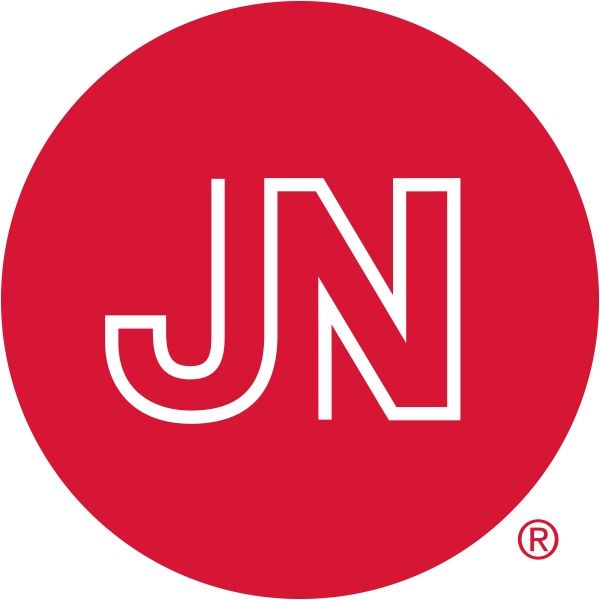What is the best approach for resuscitation of a patient with septic shock? Despite considerable investigation over several decades, this important question still has no clear answer. There is agreement that resuscitation should proceed quickly, for the longer the delay, the greater the physiologic stress and end-organ injury. However, treatment options are principally intravenous fluids and vasoactive agents, which have the capacity to both help or harm the patient. Thus, these therapies must be titrated in response to markers of the adequacy of resuscitation. The 2016 Surviving Sepsis Guidelines advocate that the principal marker of the adequacy of resuscitation is serum lactate. Serum lactate level is elevated when the body relies on anaerobic metabolism. As such, an elevated serum lactate level is a reflection of tissue hypoperfusion and thus considered axiomatic of shock. However, serum lactate level can be elevated in conditions other than shock and yet may not always be elevated in some shock states. Furthermore, lactate clearance is often considered too slow to provide timely feedback to clinicians regarding the consequences of their treatment decisions. Moreover, not all patients with shock can be cared for in settings with access to rapid-turnaround serum lactate assays.
An alternative approach is to monitor compensatory physiological mechanisms. For example, in response to shock, the body will attempt to restrict blood flow to peripheral vascular beds. Thus, one of the simplest bedside clinical examination findings in shock is delayed capillary refill in the skin. The problem with delayed capillary refill, however, is that the examination can be difficult to standardize. Furthermore, there has been little empirical evaluation of resuscitation strategies based on this finding.
In this issue of JAMA, Hernández and colleagues report the results of a clinical trial in which 424 adults with early septic shock were randomized to 2 alternative 8-hour resuscitation strategies: one based on serial measurements of serum lactate levels and the other on peripheral perfusion, assessed by serial capillary refill time (CRT) examinations. The trial was conducted among patients in the intensive care unit with early septic shock, defined as patients with suspected or confirmed infection who were recognized within 4 hours to have elevated serum lactate level (2 mmol/L) and require vasopressors to maintain blood pressure despite a bolus of 20 mL/kg of intravenous crystalloids.
